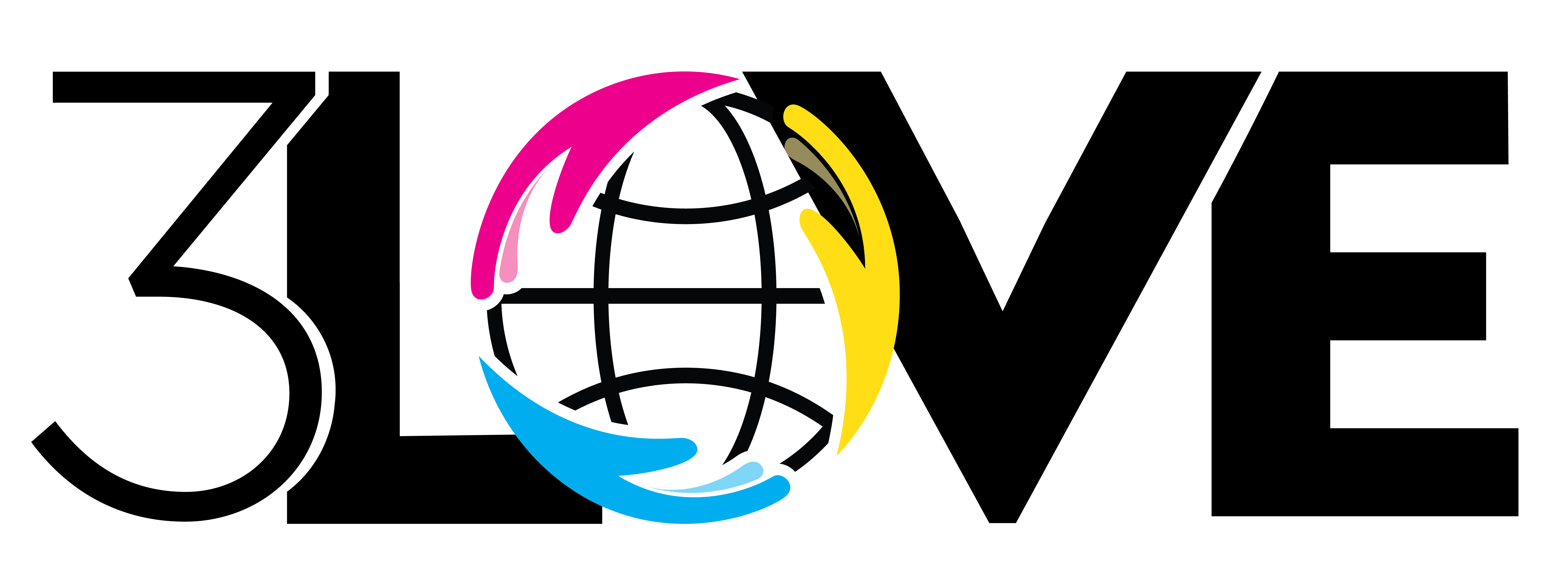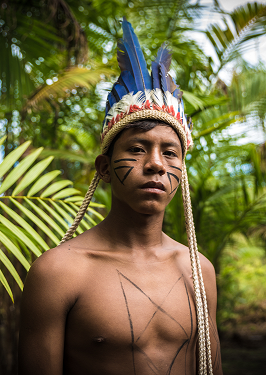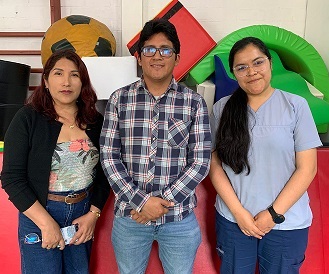August 9 marks the International Day of the World’s Indigenous Peoples, with the aim of finding solutions to the problems faced by indigenous communities in the areas of human rights, the environment, development, education and health.
Right to voluntary isolation
Around 200 groups of indigenous peoples currently live in voluntary isolation and initial contact.
They reside in remote, resource-rich forests in Bolivia, Brazil, Colombia, Ecuador, India, Indonesia, Papua New Guinea, Peru and Venezuela. They choose to live apart from the rest of the world and their mobility pattern allows them to engage in hunting and gathering, thus preserving their cultures and languages.
These peoples are strictly dependent on their ecological environment. Any change in their natural habitat can harm both their individual survival and that of their entire group.
Despite their right to autonomy, indigenous peoples in voluntary isolation face unique challenges that the world often overlooks. For example, the development of agriculture, mining, tourism and natural resources in their territories is resulting in the deforestation of swathes of indigenous peoples’ forests, altering their way of life and destroying the natural environment they have protected for generations.
Added to all this is the potential exposure to diseases from external contact, one of the most serious threats to their survival. Due to their isolation from non-indigenous societies, they have no immune defenses against relatively common diseases. As such, forced contact with the outside world can have devastating consequences and destroy entire societies.
This year’s celebration has as its theme “Protecting the Rights of Indigenous Peoples in Voluntary Isolation and Initial Contact”.
Protectors of forests and biodiversity
Indigenous peoples in voluntary isolation and initial contact are the best protectors of forests. Where their collective rights to lands and territories are protected, forests thrive, along with their societies. And their survival is not only crucial to the protection of our planet, it is also fundamental to the protection of cultural and linguistic diversity.
Indigenous peoples’ territories cover 28% of the planet’s surface and contain 11% of the world’s forests. This is why they act as guardians of most of the world’s biodiversity.
In today’s hyper-connected world, the existence of indigenous peoples in voluntary isolation and initial contact is a testament to the rich and complex fabric of humanity, and it would be an enormous loss to our world if they cease to exist.
We need indigenous peoples to make the world a better place
There are some 476 million indigenous peoples living in 90 countries. These peoples constitute about 6 percent of the world’s population, yet they are among the most disadvantaged and vulnerable populations, representing at least 15 percent of the world’s poorest people.
Indigenous peoples have inherited and practice unique cultures and ways of relating to people and the environment. In addition, they retain social, cultural, economic and political traits that are distinct from those predominant in the societies in which they live.
Despite their cultural differences, indigenous peoples around the world share common problems in protecting their rights as distinct peoples.
Indigenous peoples have long sought recognition of their identities, their way of life and the rights to their traditional territories and natural resources.
Despite this, throughout history, their rights have always been violated. Today, they are among the most disadvantaged populations in the world. For this reason, the international community recognizes that special measures are needed to protect their rights and maintain their cultures and ways of life.


